Scientists have long worked on mapping humanity's evolution and lifestyle changes, but every discovery seems to raise more questions. A recent study, however, reveals that humans arrived in the Western Mediterranean much earlier than previously thought—by thousands of years.
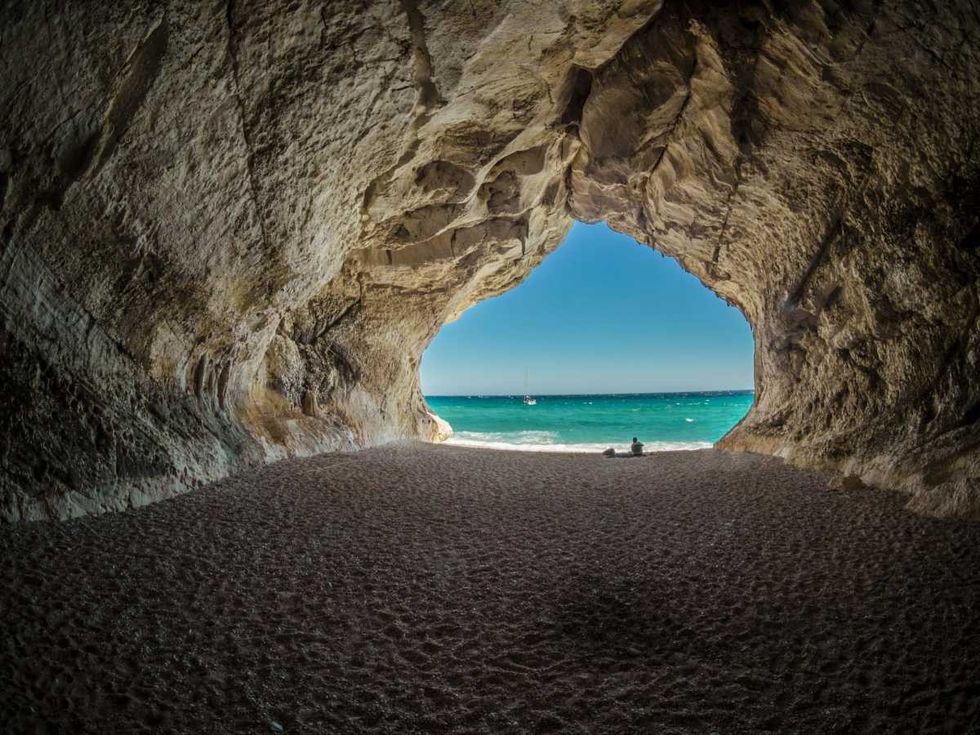
A study led by the University of South Florida, published in Communications Earth & Environment, revealed astonishing new findings about when humans first arrived on the western Mediterranean island. The timeline of events was already hard to chalk out due to lack of evidence but researchers found a submerged bridge that paved the way for several new possibilities to be explored. Led by Professor Bogdan Onac, the team discovered a 25-foot bridge in Genovesa cave on the island of Mallorca. The huge bridge is a winning find for researchers and the mere presence of it points in the direction of human civilization and settlement, as per IFL Science. Onac pointed out that the bridge shares useful hints about human lifestyles in the past. “The presence of this submerged bridge and other artifacts indicates a sophisticated level of activity, implying that early settlers recognized the cave's water resources and strategically built infrastructure to navigate it,” he explained in an official statement.

Previous research showed that humans started inhabiting the island as far back as 9,000 years ago. There wasn't much to prove whether the same is true since the evidence was poorly preserved, but bones and other materials hint at different timelines. Newer studies further analyzed the evidence and pointed out that the presence of human settlements can be dated back to 4,400 years ago. However, Onac discovered that the bridge was created 6,000 years ago, which is 1,600 years before the previous study’s finding, according to an X post from Archaeo-Histories @archeohistories.
The cave for which the bridge is assumed to have been created was later flooded due to rising sea levels. The latter led to the formation of calcite encrustations that served as an approximation for dating the timelines. The researchers point out that the process that led to their creation remains “elusive,” and they can only presume that it was for humans to traverse. With time, what was once a lake around the cave became a larger water body that submerged the cave as water levels kept rising.
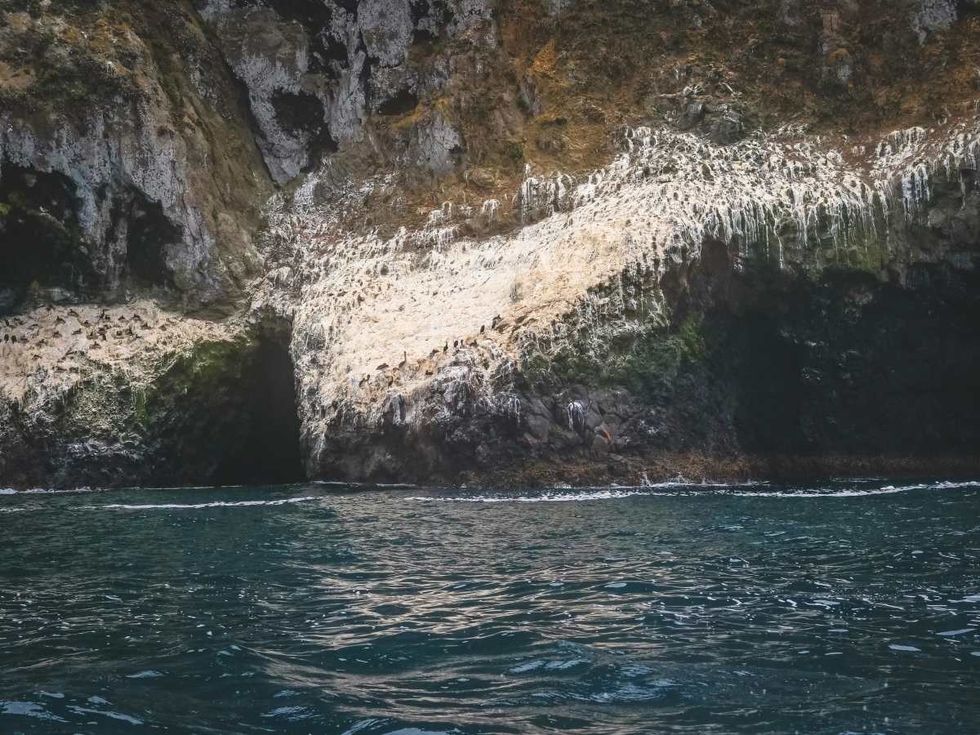
Other artifacts discovered there strongly supported the assumptions made by researchers. There are also mineral and other deposits found which can be used to better understand the timelines. While there is a lot more to study and uncover, the finding opens a wide potential for understanding more about early human settlements. Researchers can expand their understanding and findings thanks to the sunken bridge and its umpteen past possibilities. In conclusion, Onac remarked, “This research underscores the importance of interdisciplinary collaboration in uncovering historical truths and advancing our understanding of human history.”

















 Theresa Malkiel
commons.wikimedia.org
Theresa Malkiel
commons.wikimedia.org
 Six Shirtwaist Strike women in 1909
Six Shirtwaist Strike women in 1909
 U.S. First Lady Jackie Kennedy arriving in Palm Beach | Flickr
U.S. First Lady Jackie Kennedy arriving in Palm Beach | Flickr
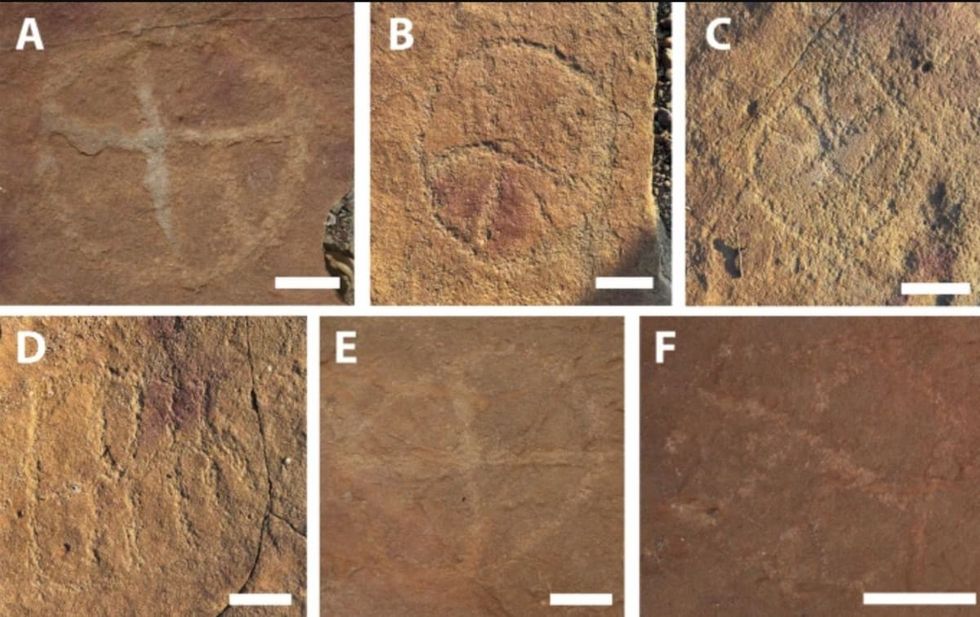 Image Source:
Image Source: 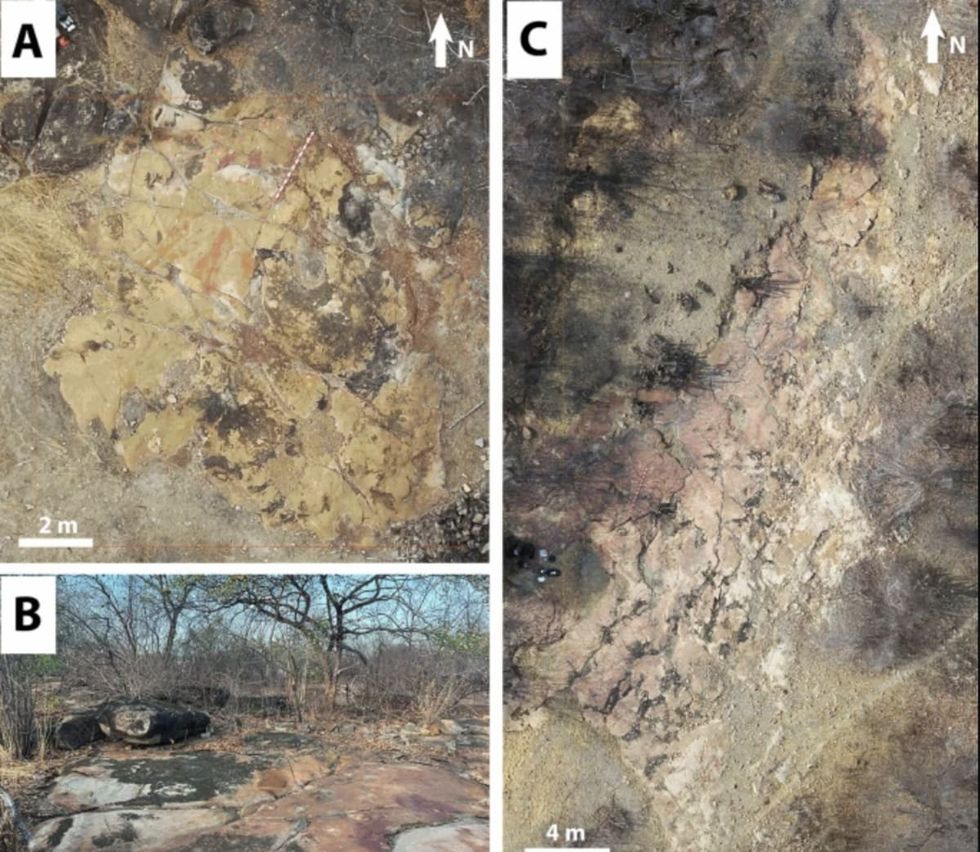 Image Source:
Image Source: 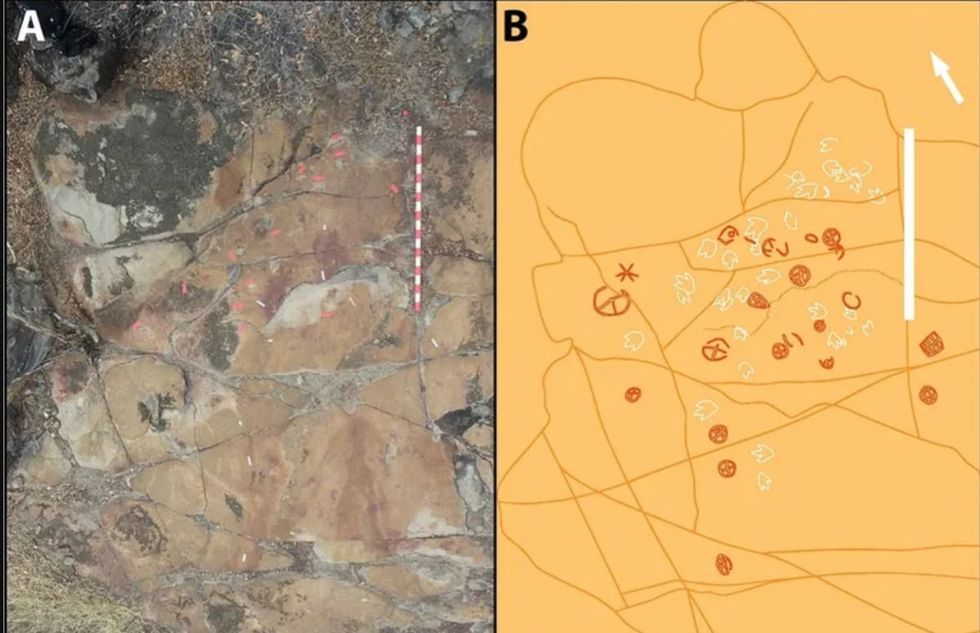 Image Source:
Image Source: 


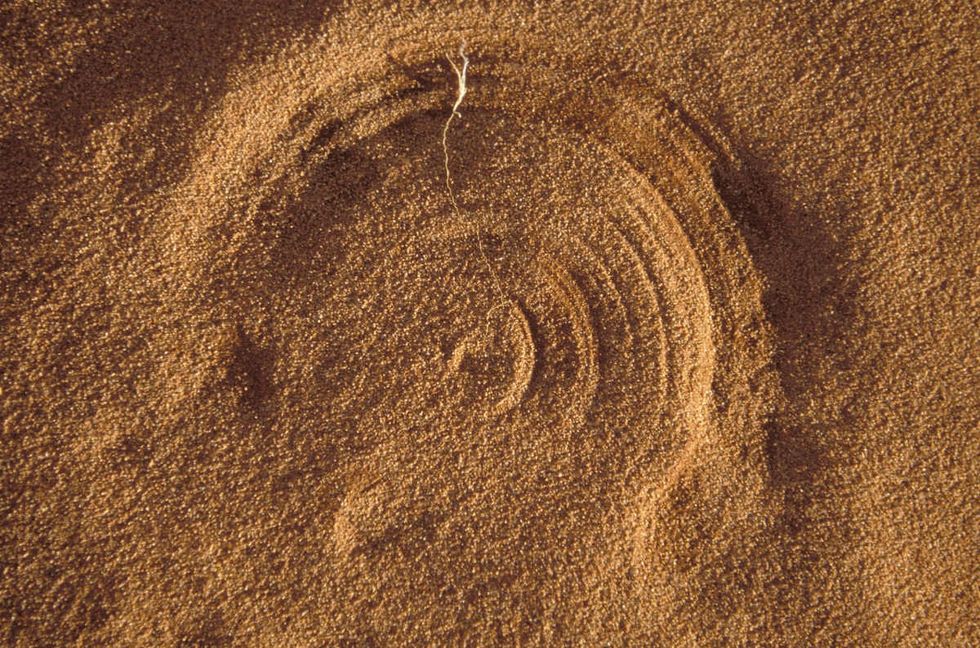 Representative Image Source: Plant growing in sand (Getty Images)
Representative Image Source: Plant growing in sand (Getty Images)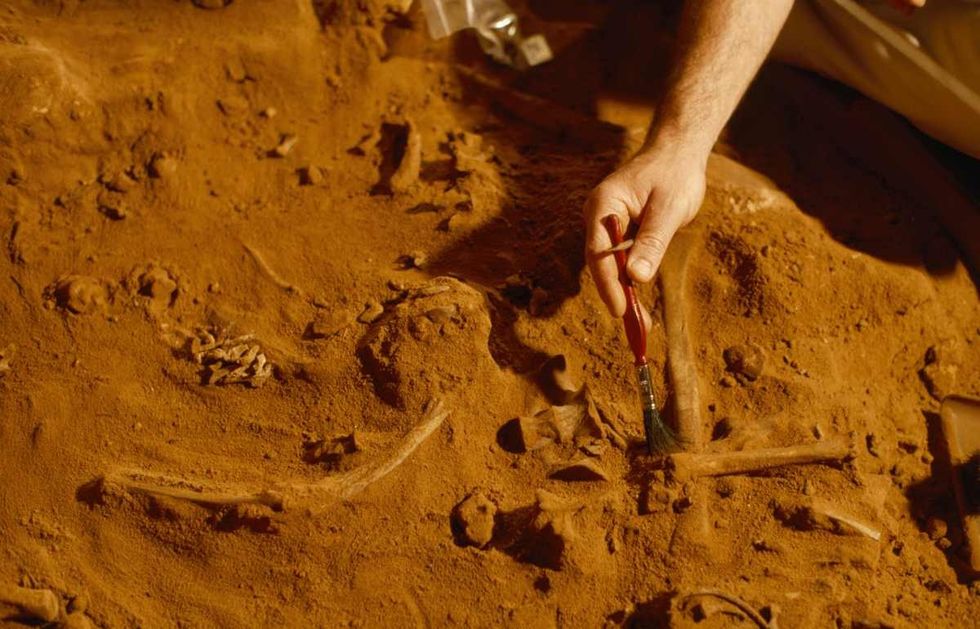 Representative Image Source: Naracoorte Caves, South Australia. An archeologist brushes soil from fossils at an excavation site.(Getty Images)
Representative Image Source: Naracoorte Caves, South Australia. An archeologist brushes soil from fossils at an excavation site.(Getty Images) Representative Image Source: Italy, Campania, Pompei . Pompei archaeological site, amphora and pottery details (Getty Images)
Representative Image Source: Italy, Campania, Pompei . Pompei archaeological site, amphora and pottery details (Getty Images)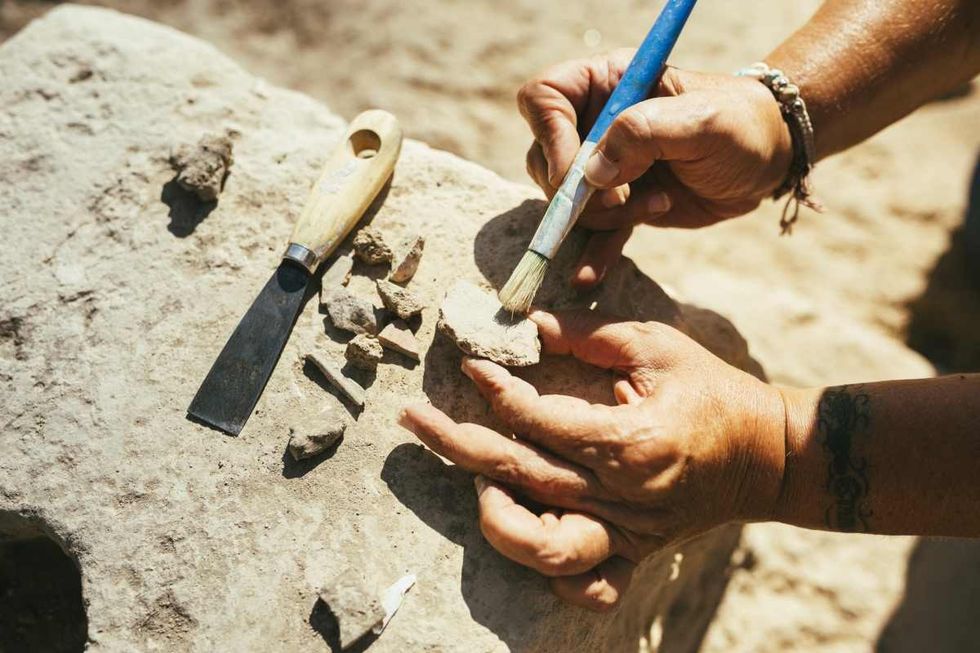 Representative Image Source: Woman's hands using a brush to clean up a piece of ancient pottery on an archaeological site (Getty Images)
Representative Image Source: Woman's hands using a brush to clean up a piece of ancient pottery on an archaeological site (Getty Images)

 Decomposing Fungi - Muir Woods National Monument (U.S. National ...
Decomposing Fungi - Muir Woods National Monument (U.S. National ... The Devil with a Sceptre (with candle) - Halloween 2023 | Flickr
The Devil with a Sceptre (with candle) - Halloween 2023 | Flickr Weekly Wrap Up: “Never Has a Nation So Small Inspired So Much in ...
Weekly Wrap Up: “Never Has a Nation So Small Inspired So Much in ...